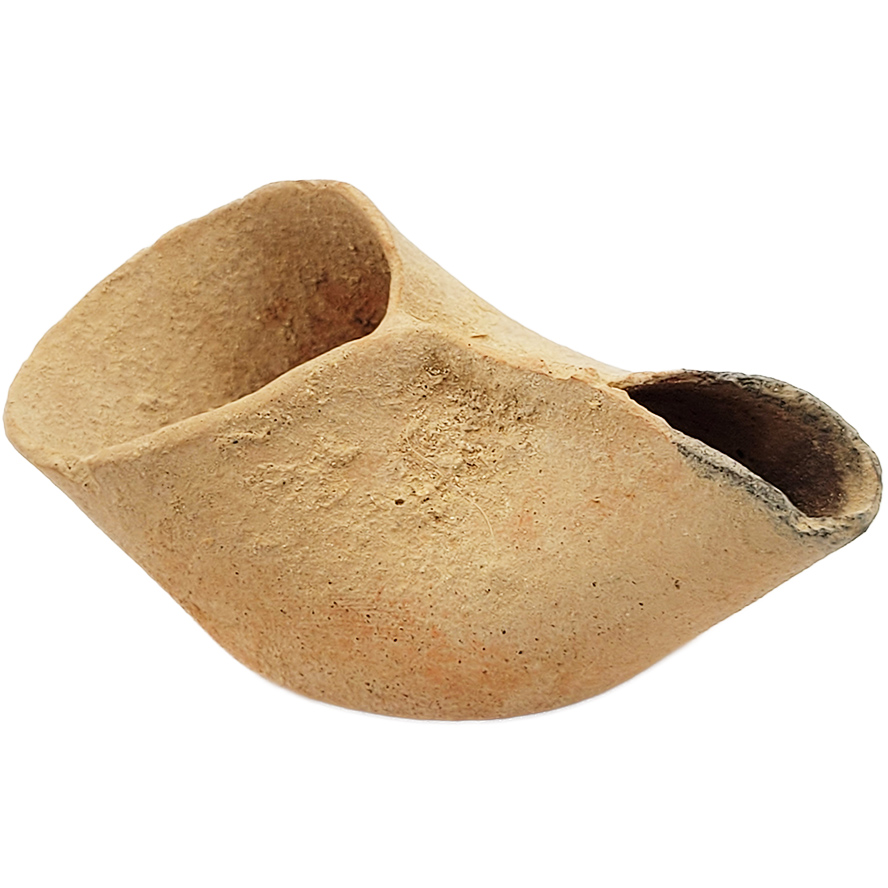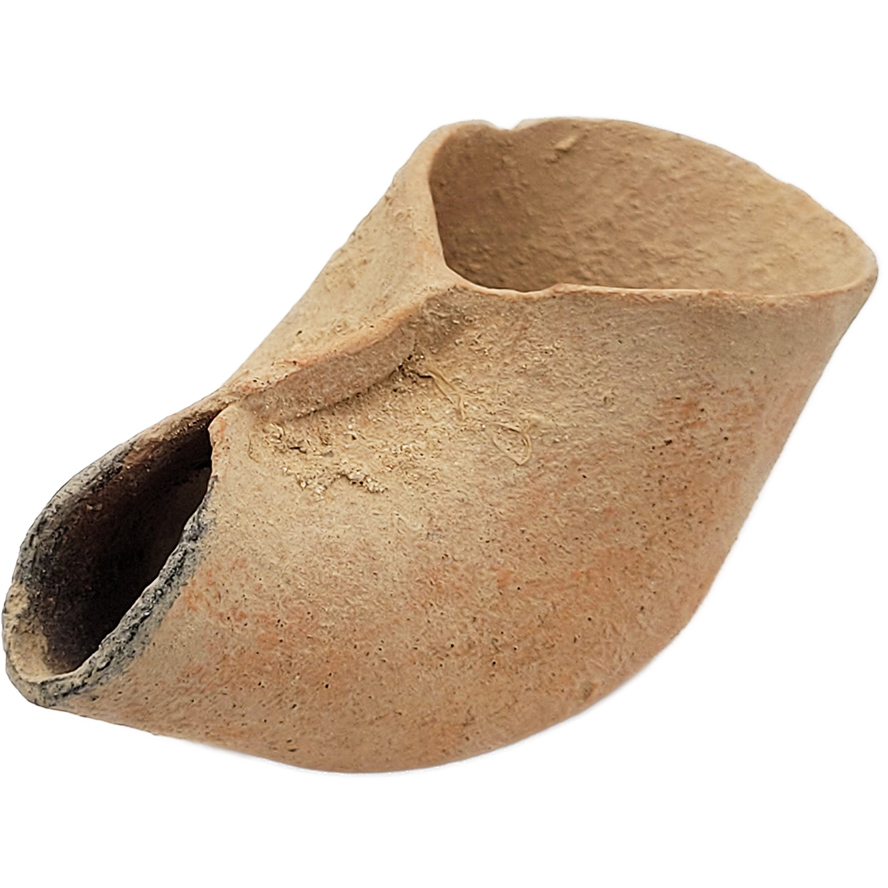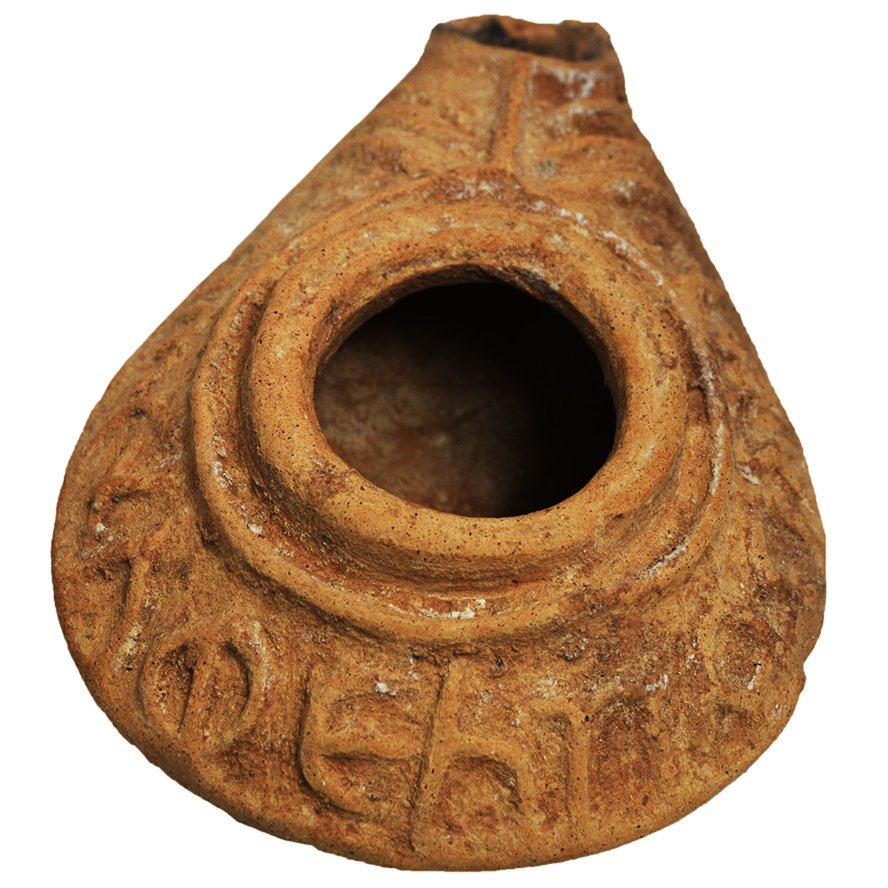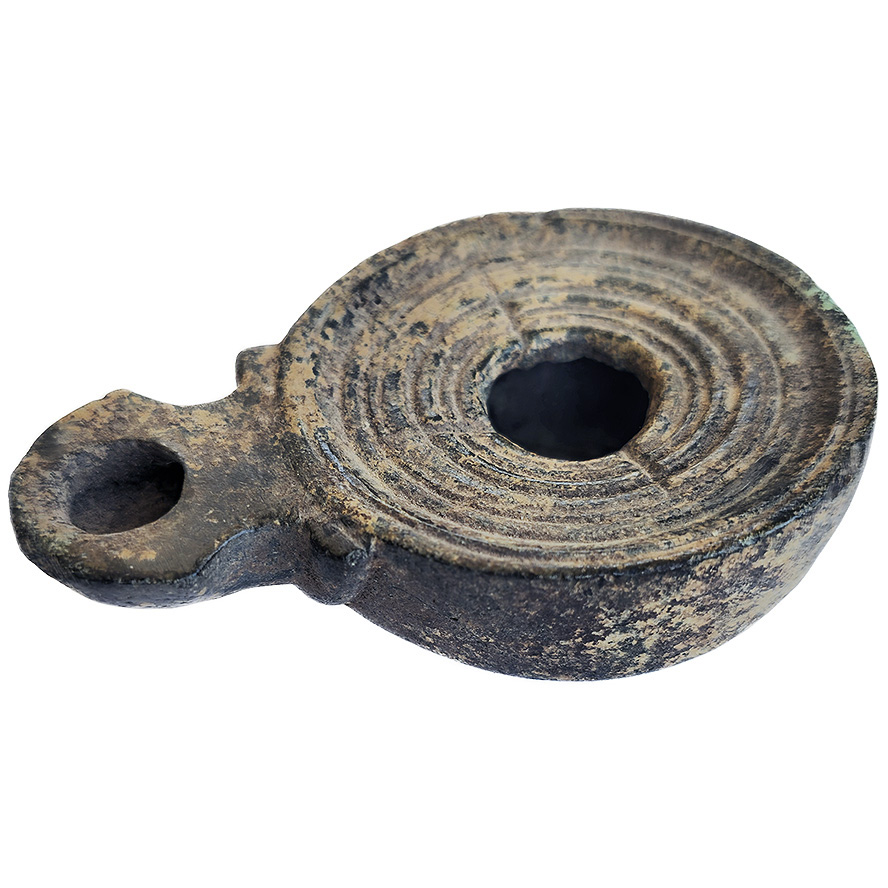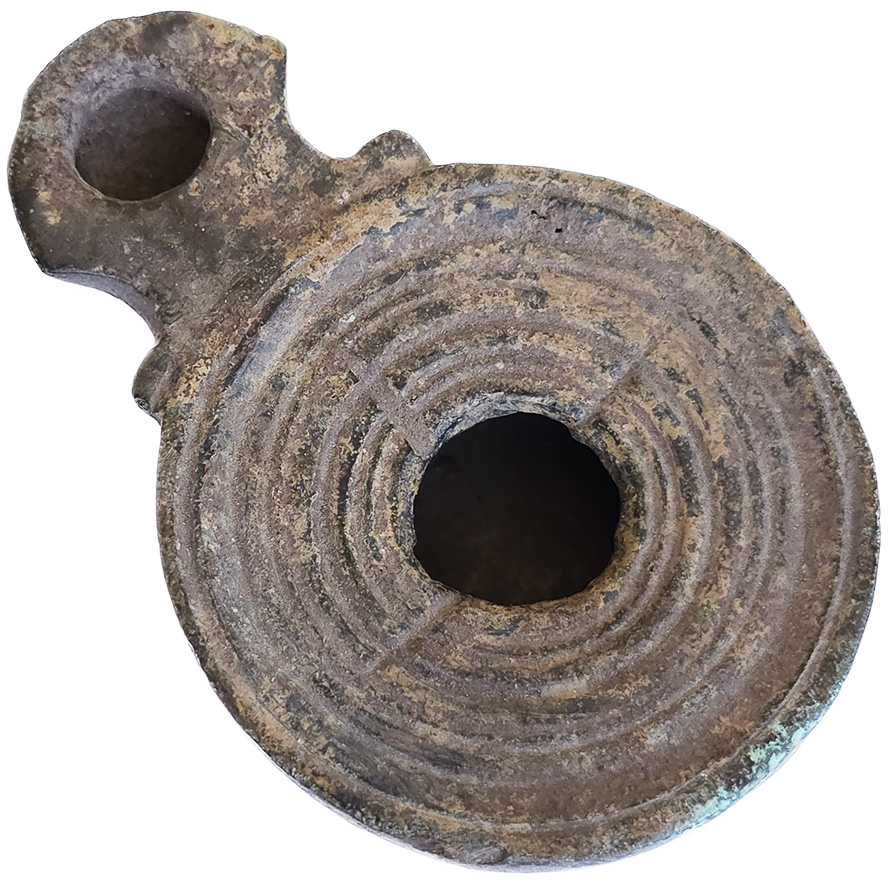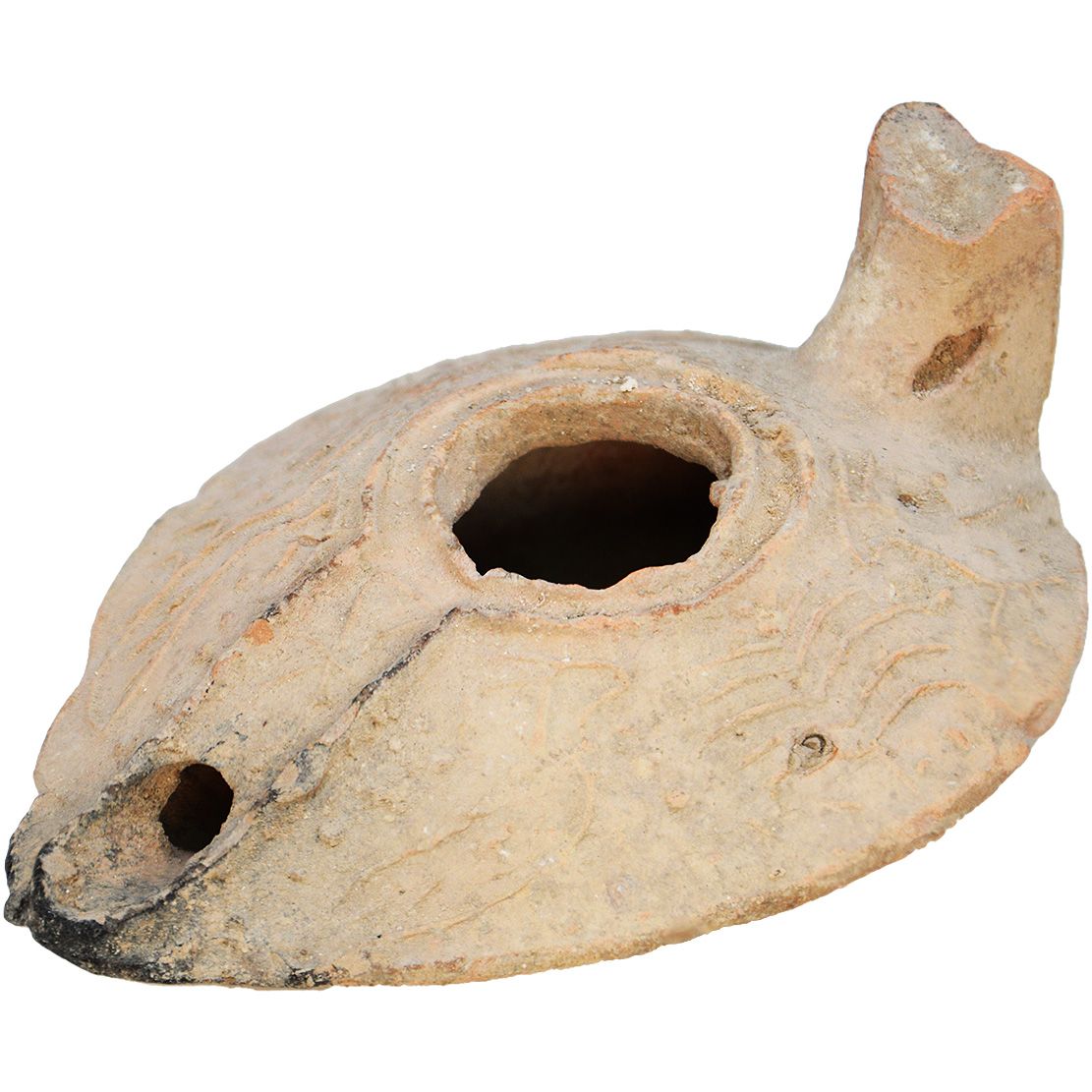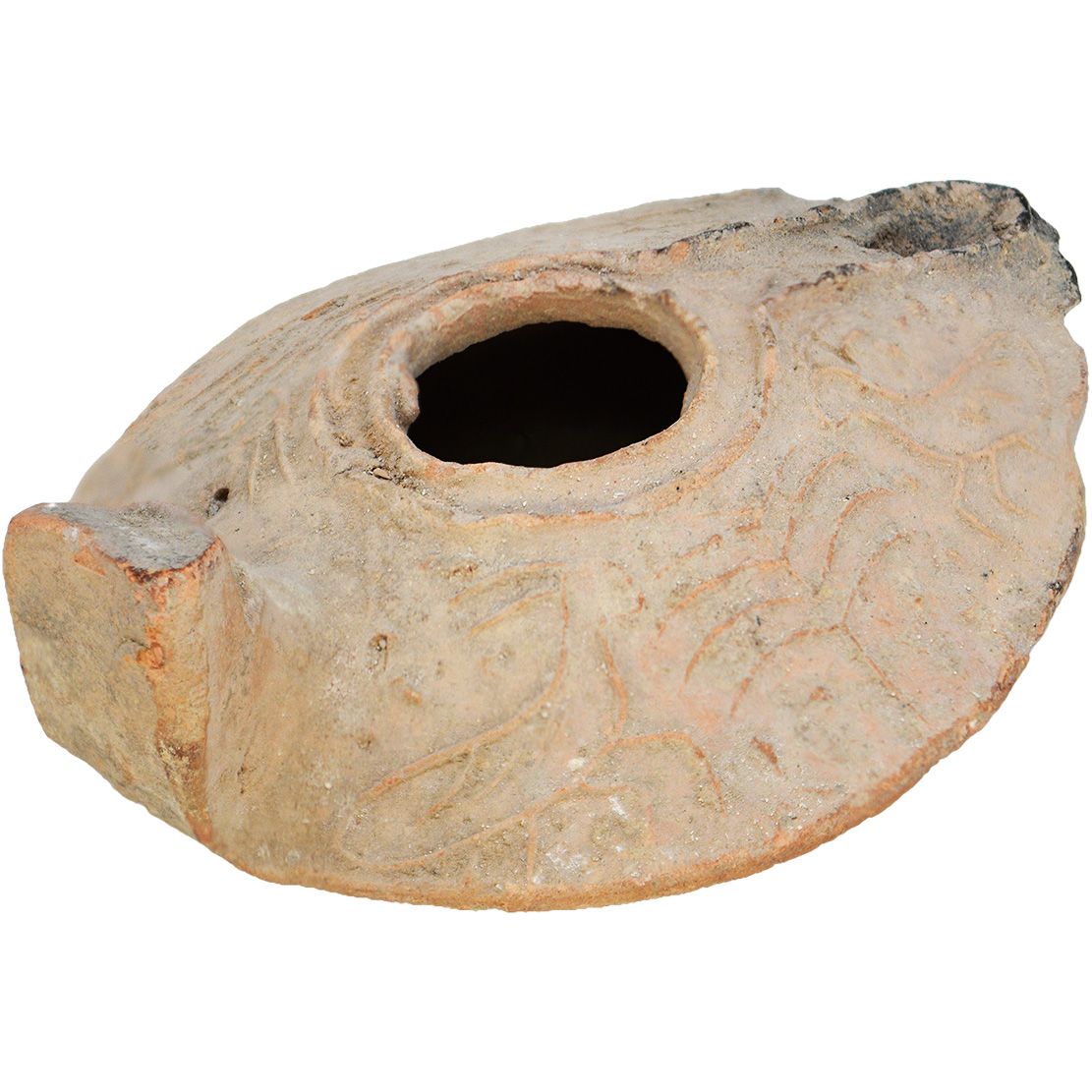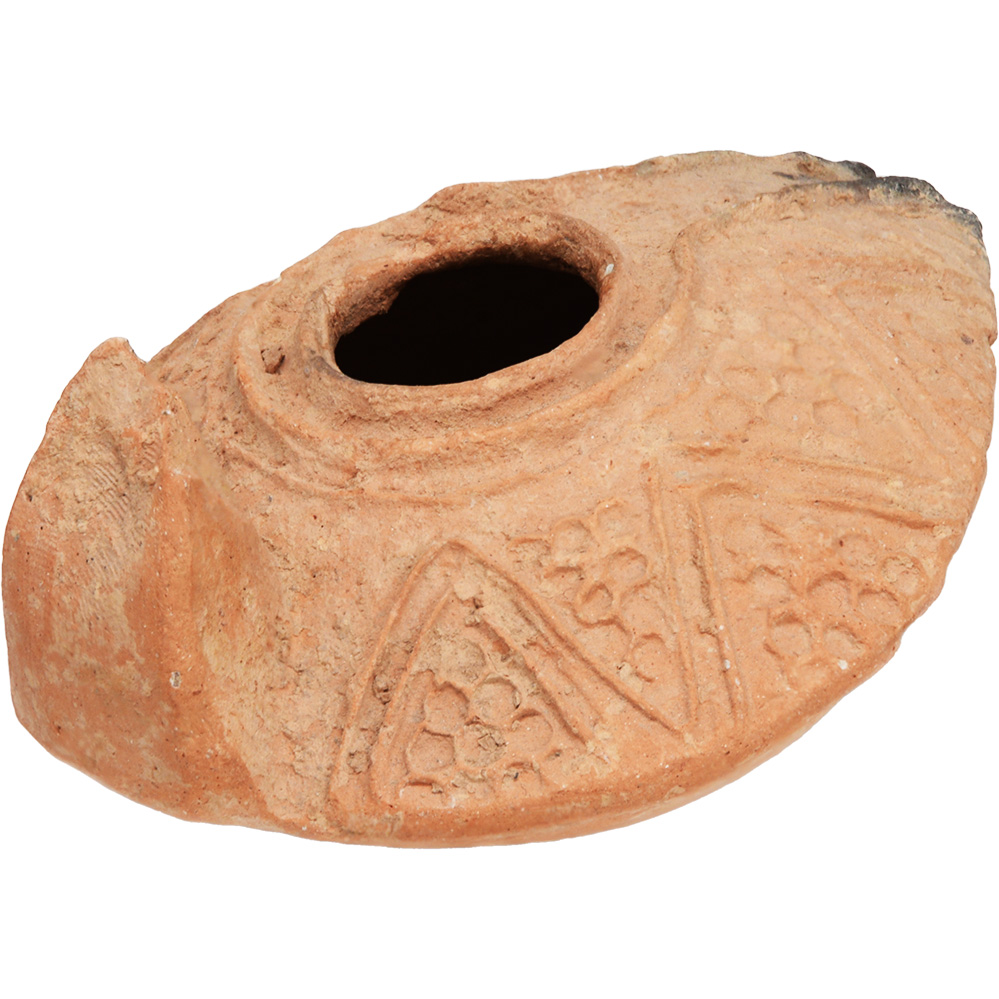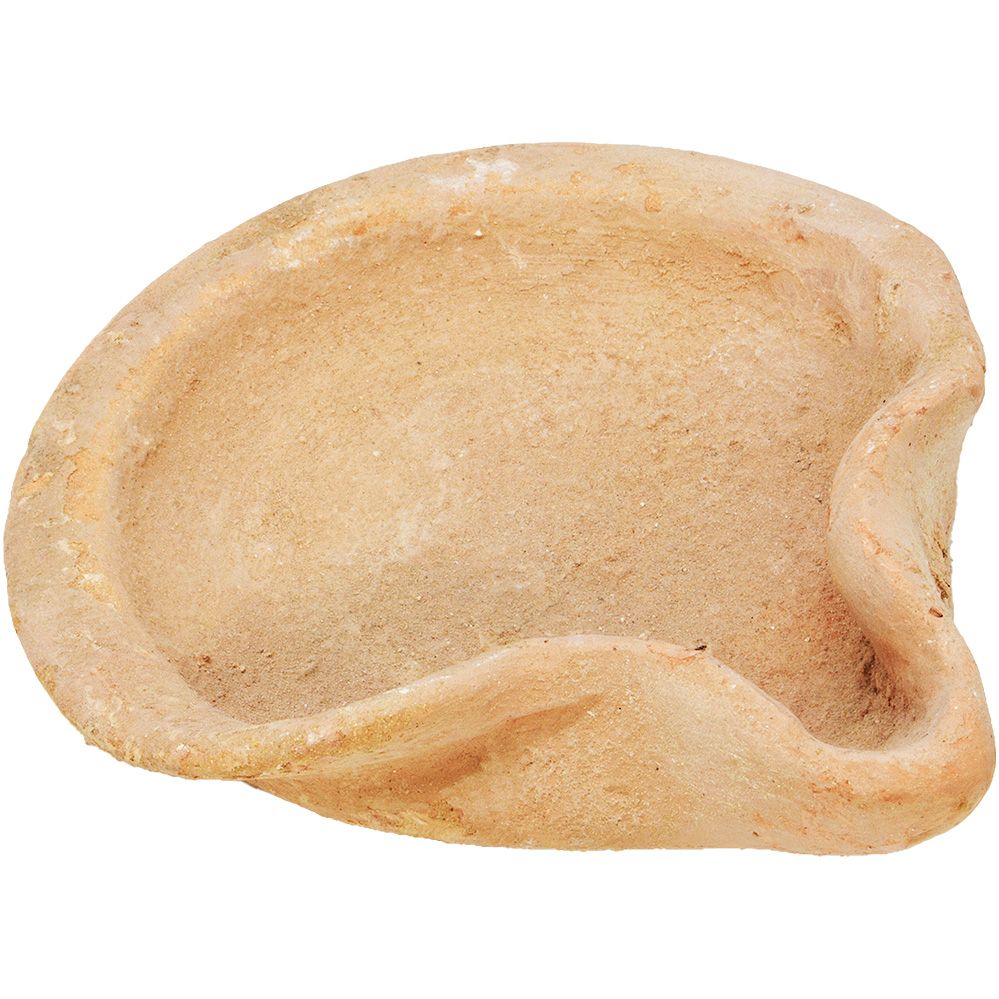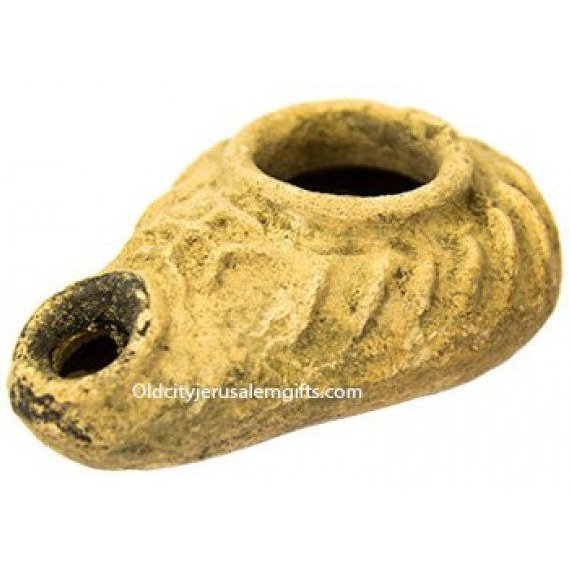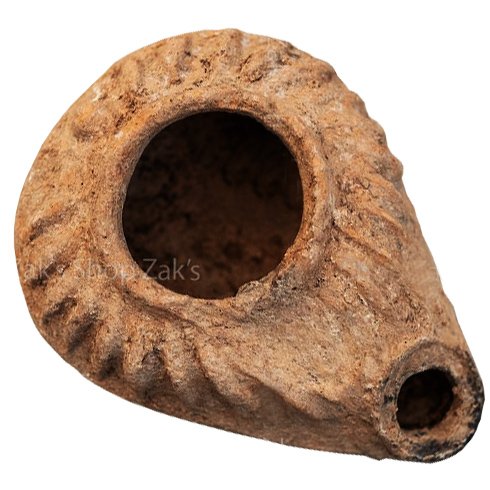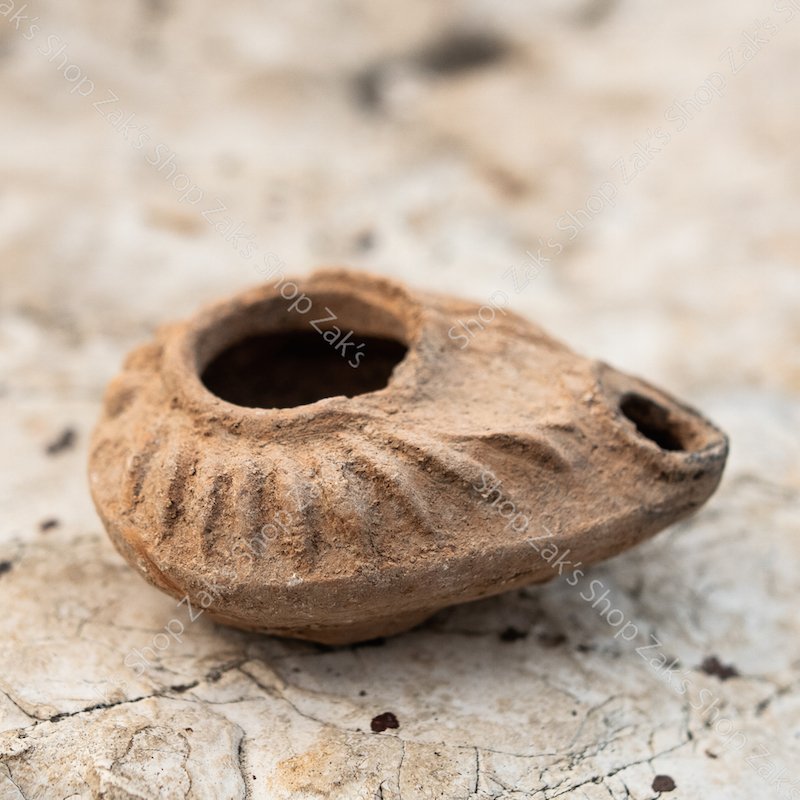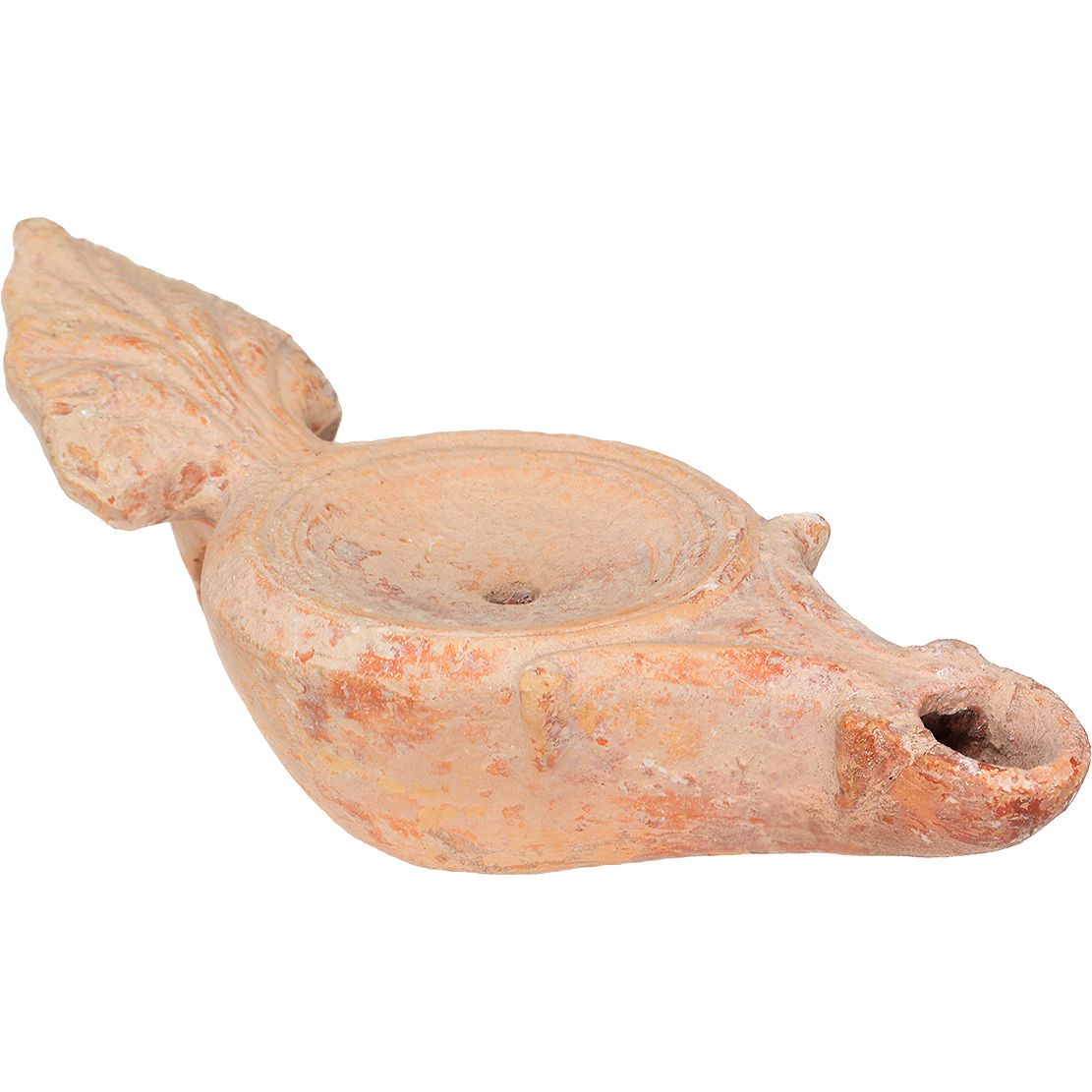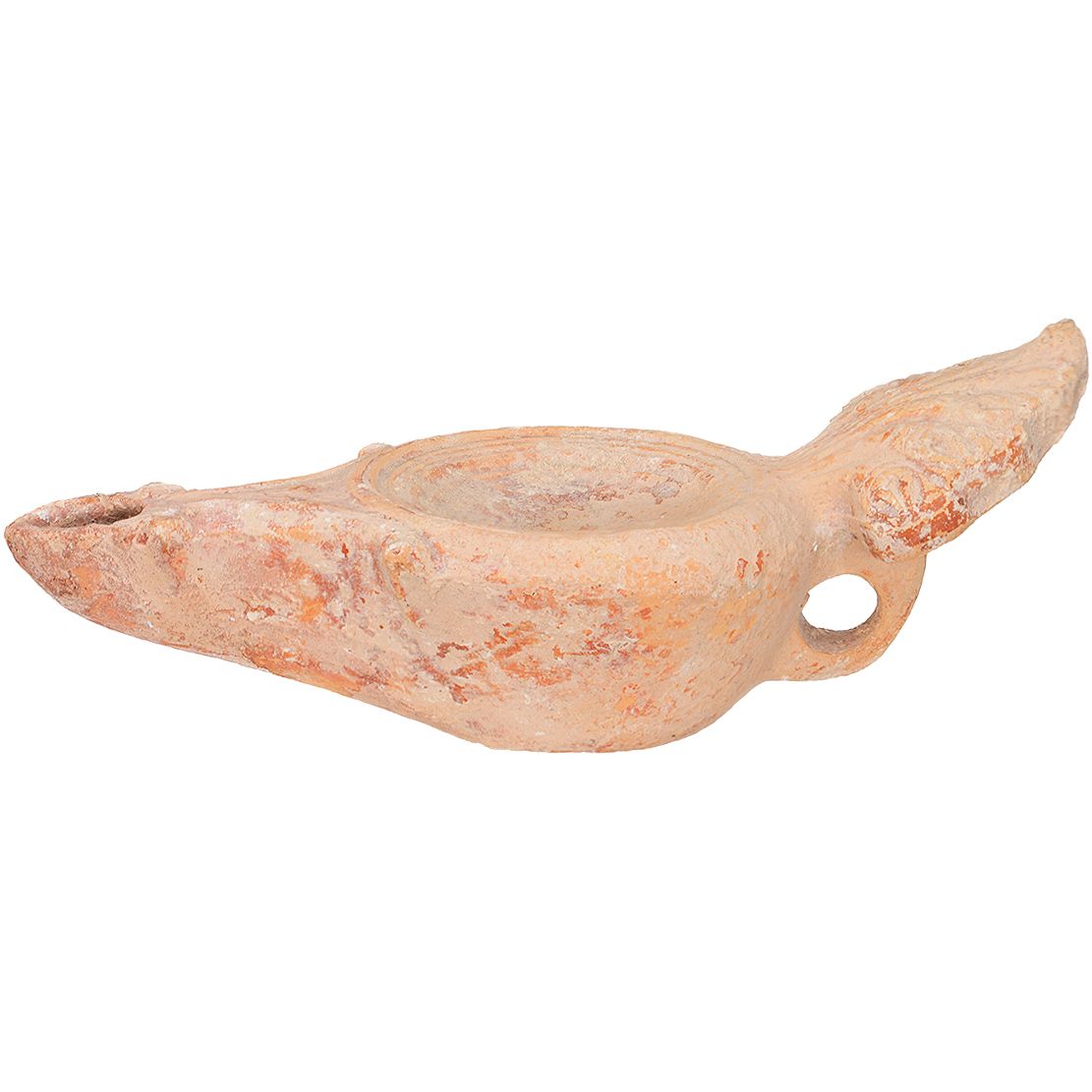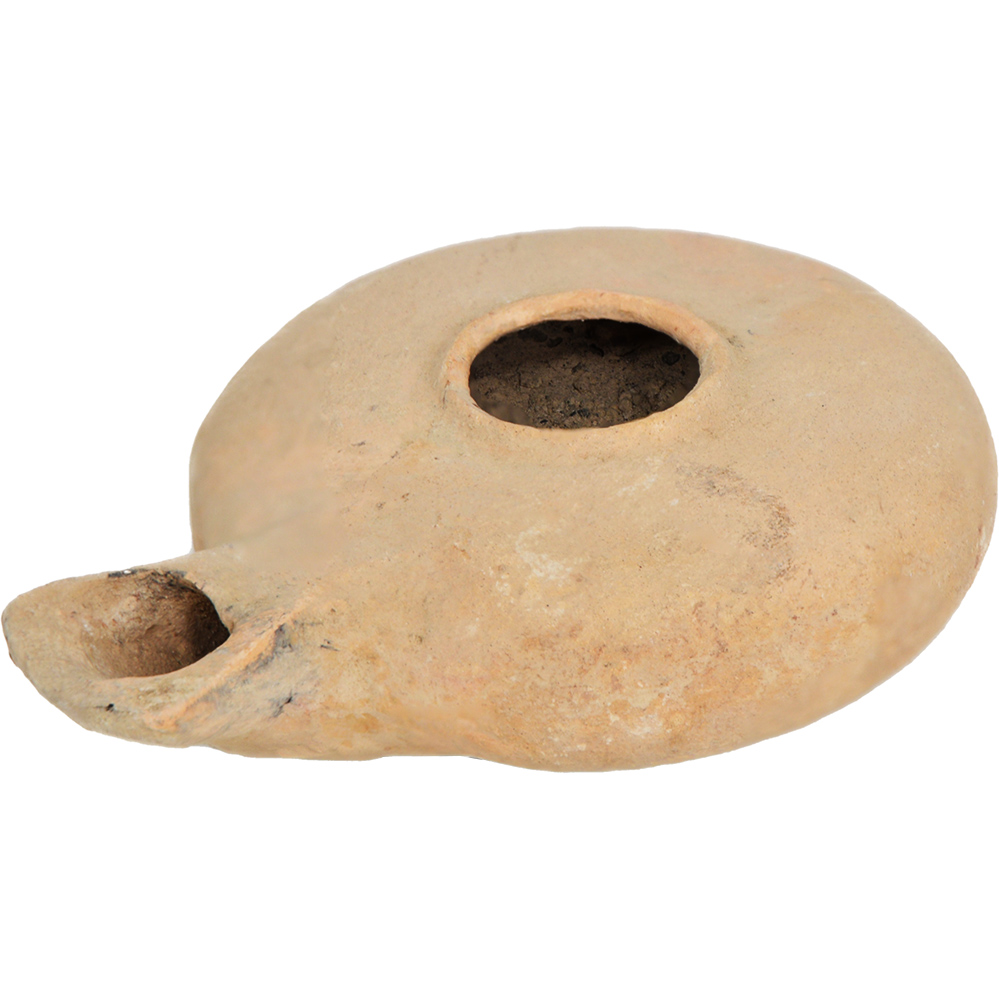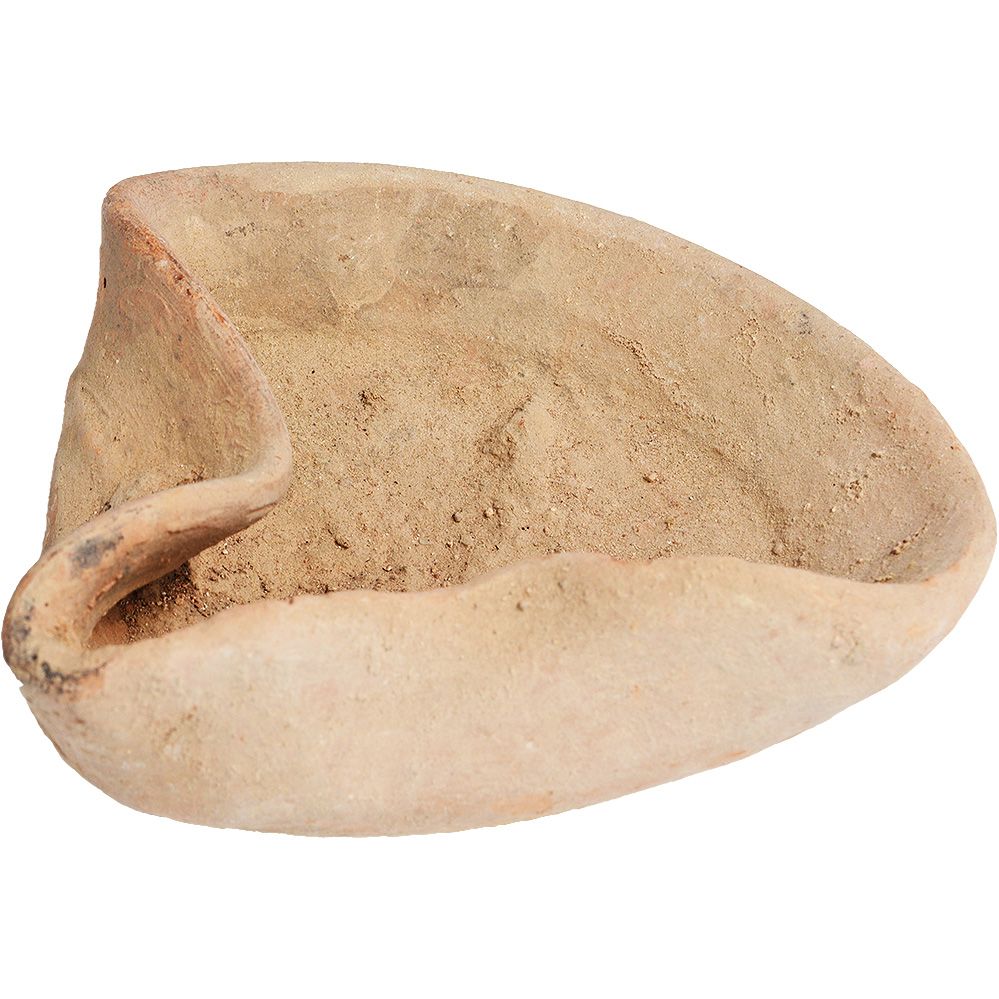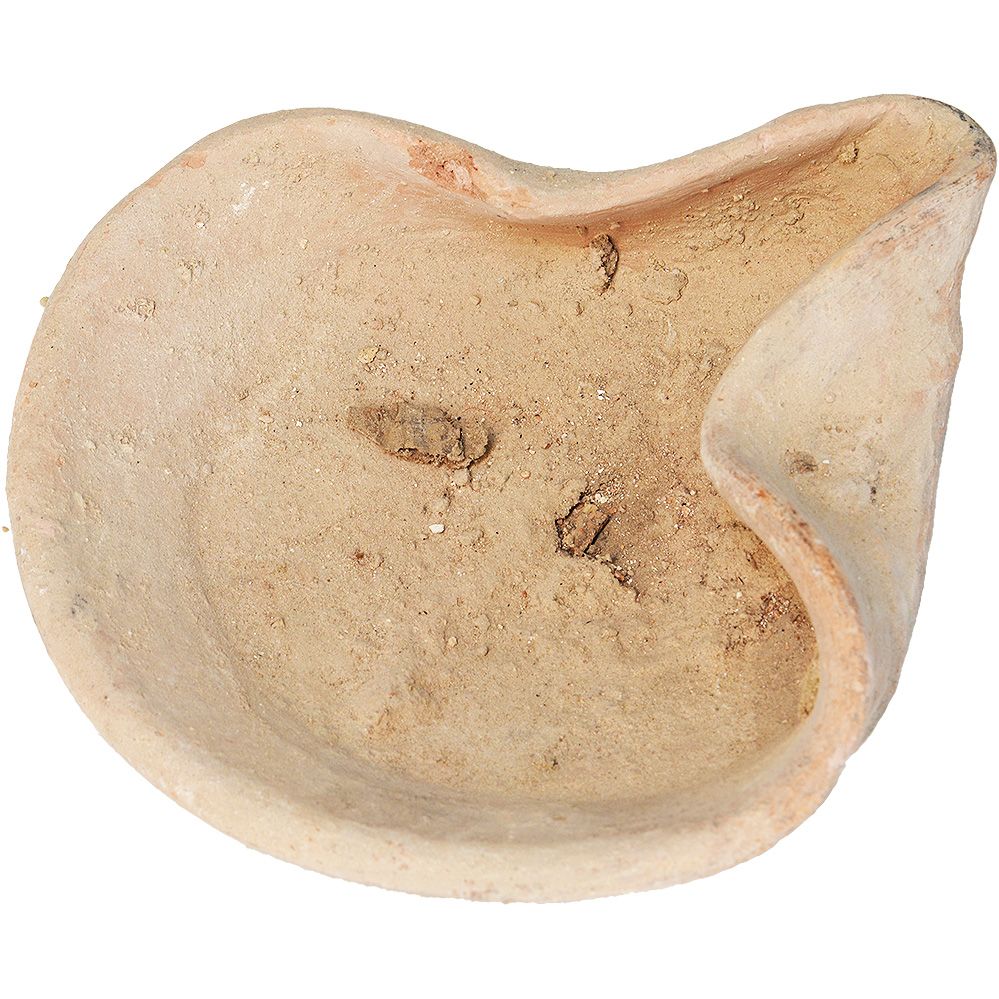Looking for authentic ancient oil lamps from Israel?
Clay oil lamps provided light throughout the history of the Holy Land. Oil lamps were s
Read More...Showing 1–12 of 121 results
-
“The Light of Christ Shines Beautifully For All” – Byzantine Oil Lamp
Quick ViewByzantine oil lamp with inscription on it saying, “Light of Christ Shines Beautifully For All” in Greek
- 6th century Christian oil lamp.
- Greek Christian inscription.
- Length: 9 cm / 3.5″ inch.
- Very fine condition.
- Found in Jerusalem, Israel.
- Includes a certificate of authenticity.


